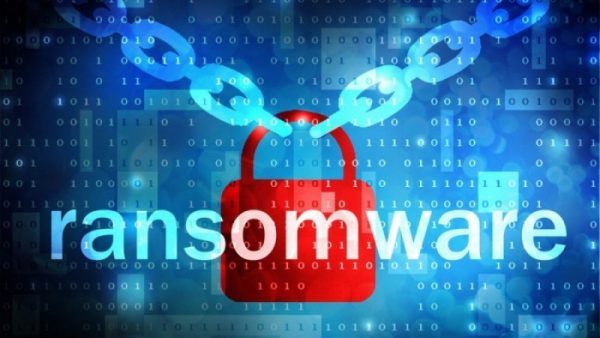Ransomware refers to malicious software deployed by cybercriminals to prevent you from using your computer or accessing your data by encrypting it while demanding a ransom. Statistics indicate that small or medium-sized businesses are infected by ransomware every 40 seconds, and 1 in 5 ransomware victims who pay the demanded ransom never get their data restored. It’s quite surprising that even with such statistics, most victims still choose to pay ransoms to the tune of millions of dollars to have their data restored. Cybercriminals will continue using ransomware as their go-to-strategy as long as organizations still pay up. Forrester Research has predicted that in 2018, cybercriminals will increasingly deploy ransomware to monetize attacks since end-to-end encryptions in online payment systems often deter them from accessing credit card data. So, cybercriminals will use ransomware as a backup method in case their initial attacks fail. This article will highlight some of the new strategies that businesses can adapt to reduce ransomware attacks in 2018.
Common Ways Of Acquiring Ransomware:
• Botnets • Spam emails containing malicious attachments or links • Redirects to malicious sites • Legitimate websites that carry malicious injected codes
How to Know If you’re infected:
• A popup preventing you from closing it and demanding that you pay in order to access your content. • Files refusing to open or receiving errors like “Windows is not able to open this file format.” • Text or website files automatically opening and showing that your files are encrypted.
Common Prevention Methods:
• Using updated antivirus programs • User education on spam/attachment on emails • Regularly patching and updating of operating systems and software • Avoiding daily use of admin accounts
Cause of Action When Infected by Ransomware
If you suspect any ransomware infection on your system, the first step is to power off the system and unplug every attachment. Ransomware can quickly spread from one workstation to other accessible media like servers, external hard disks, data backups, network shares, and so on. Cutting off power will protect other sources from infestation. The next step would be to contact your managed IT service provider and work together to resolve the problem. According to a recent report from Cybersecurity ventures, Ransomware is estimated to be a crime worth $5 billion. In 2015, it was estimated to be merely $24 million. The industries that were most targeted in 2017 were technology, legal, government, and non-profit organizations. However, no industry or business is considered immune from ransomware attacks. As the attackers increasingly exploit the laid down cybersecurity protocols, having a foolproof defense system has become more critical than ever before. In addition to the above tips, it’s always a good idea to work with a good cybersecurity firm to regularly check your system for vulnerability and come up with data backup plans to protect your valuable data from being hijacked or totally lost. Therefore, it’s critical that any business looking to combat ransomware should choose a defense system that has been subjected to a comprehensive ransomware test. Most often, the test is done by running ransomware samples picked from multiple crypto-ransomware families gathered from the wild.
David Brown has been helping companies large and small since 1999 with everything from networking issues to data center planning. He loves the space and writes about new and existing tech often.



